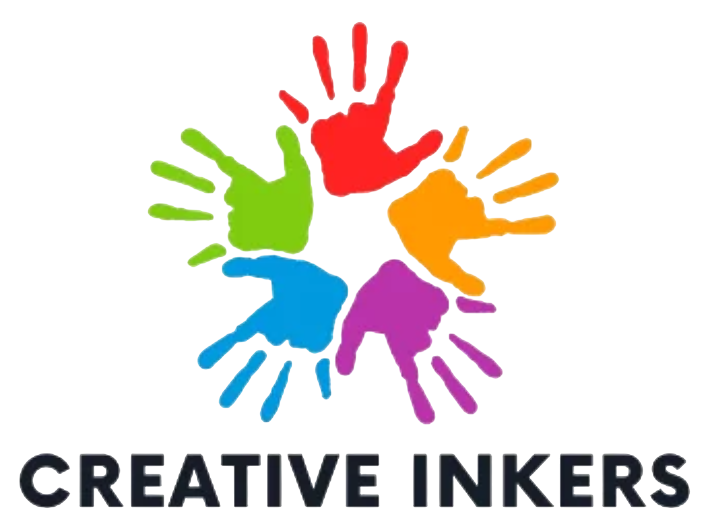Introduction
Many creatives are transitioning away from inventory-heavy models toward pure print-on-demand (POD) workflows. But when your product includes sublimation shirts, how do you buy them? Actually, in a POD model, you don’t hold them — you order them on demand. In this post, we’ll show you how.
1. What “buying” sublimation shirts means in POD
-
You set up your store, upload your design, choose sublimation shirt blanks in the POD catalog
-
When a customer orders, the POD supplier prints and ships the shirt
-
You never physically stock the shirt
2. Setting up with POD providers that support sublimation shirts
-
Create accounts with providers like Printful, Printify, Subliminator, LA Sublimation etc.
-
Browse their apparel catalog and filter for all-over print / sublimation ready garments
-
Upload your sublimation design, place it on that shirt mockup
-
Set product variants, pricing, etc.
3. Best practices for design + shirt placement
-
Use high resolution (at least 300 DPI or more)
-
Leave bleed and trim margins
-
Consider seams, sleeve overlap, pocket areas
-
Preview designs on all sizes
4. Managing pricing, margins & shipping
-
The base cost is the POD sublimation shirt cost + printing + shipping
-
Add markup (profit margin)
-
Some POD platforms allow you to choose the print provider with lowest shipping to target market
-
Try to absorb or minimize shipping costs for customers in your primary markets
5. Quality assurance & order sampling
-
Order your own test orders to check color, print alignment, and material feel
-
Use these samples for your shop’s product photography
-
Monitor customer feedback and returns
6. Scaling & multi-supplier strategy
-
Use multiple POD providers to reduce risk
-
Assign suppliers based on geographic proximity to buyers
-
Maintain backup suppliers in case one goes offline
7. Incorporating DTF / alternate lines
-
For garments that POD doesn’t support (e.g. cotton, specialty cuts), use dtf transfers applied in-house or via partner
-
Use your sublimation prints as premium product line, and DTF for basic cotton tees
-
Keep design consistency across both
8. Case examples
-
An activewear brand uses POD sublimation shirts globally, but in local region they print heavy cotton tees with DTF transfers.
-
A creative seller uses sublimation for a premium “photo shirts” line, DTF for seasonal or promotional cotton tees — both sold in same store.
9. Common issues & how to address them
-
Color variation per provider — maintain color test logs
-
Supplier out-of-stock blanks — keep alternate suppliers
-
Returns / defects — ensure clear policies and request samples
shop now: Shop – Creative Inkers

















